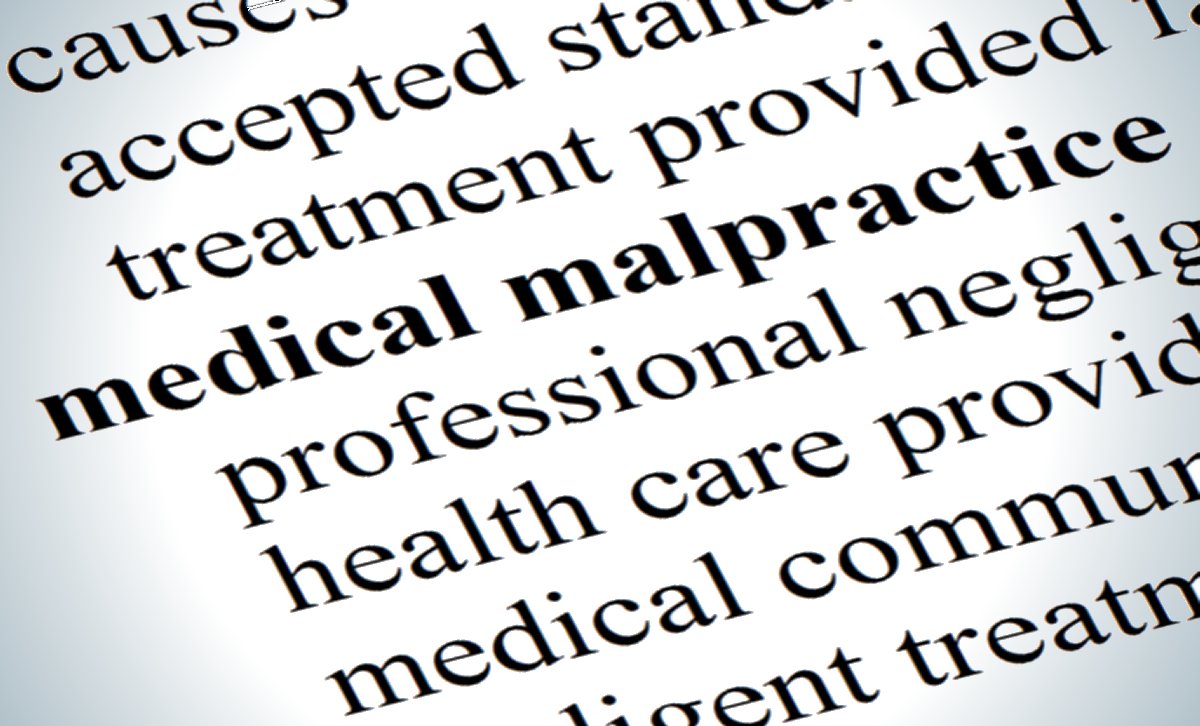New York Medical Malpractice: Beware Serving Late Notice of Claim without first obtaining leave of court as required by General Municipal Law 50-e (5)
In Wally G., an Infant, by His Mother and Natural Guardian, Yoselin T v. New York City Health and Hospitals Corporation (Metropolitan Hospital), 2016 NY Slip Op 04443 decided on June 9, 2016, The New York Court of Appeals in a 4-3 decision affirmed the decision of the Appellate Division, 1st Department dismissing plaintiff’s complaint for serving a late Notice of Claim without first obtaining leave of court as required by General Municipal Law 50-e (5). In this medical malpractice action the infant plaintiff was born prematurely by emergency cesarean section at Metropolitan Hospital in New York City, a New York City Health and Hospitals Corp. (HHC) hospital.
He was transferred to the neonatal intensive care unit and discharged in stable condition in August 2005. In January 2007, more than 90 days after the claim arose, without first obtaining leave of court as required by General Municipal Law 50-e (5), plaintiff served a notice of claim against HHC alleging negligence and malpractice arising out of failure to properly treat and manage his mother’s prenatal care and failure to obtain informed consent with regard to plaintiff’s care. The notice claimed that plaintiff sustained brain damage, cognitive defects, developmental, speech and psychomotor delays, fetal and respiratory distress and seizure disorder. Plaintiff filed suit in August 2008, but waited until December 2010, to seek permission to serve a late notice of claim. The Appellate Division affirmed dismissal, finding unreasonable an excuse that counsel waited because he needed to receive medical records from HHC. The court held that plaintiff failed to establish “that the medical records put HHC on notice that the alleged malpractice would subsequently give rise to brain damage as a result of birth trauma and hypoxia,” The New York Court of Appeals affirmed. Contrary to plaintiff’s argument, the medical records must do more than “suggest” that an injury occurred as a result of malpractice in order for the medical provider to have actual knowledge of essential facts. In a dissent written by Judge Abdus-Salaam in which Judges Rivera and Fahey concurred, she opined “….. I believe that the courts below abused their discretion in holding that infant plaintiff Wally G.’s hospital records did not provide defendant New York City Health and Hospitals Corporation (HHC) with actual knowledge of injury attributable to its potential malpractice.”
 New York Personal Injury Attorneys Blog
New York Personal Injury Attorneys Blog







